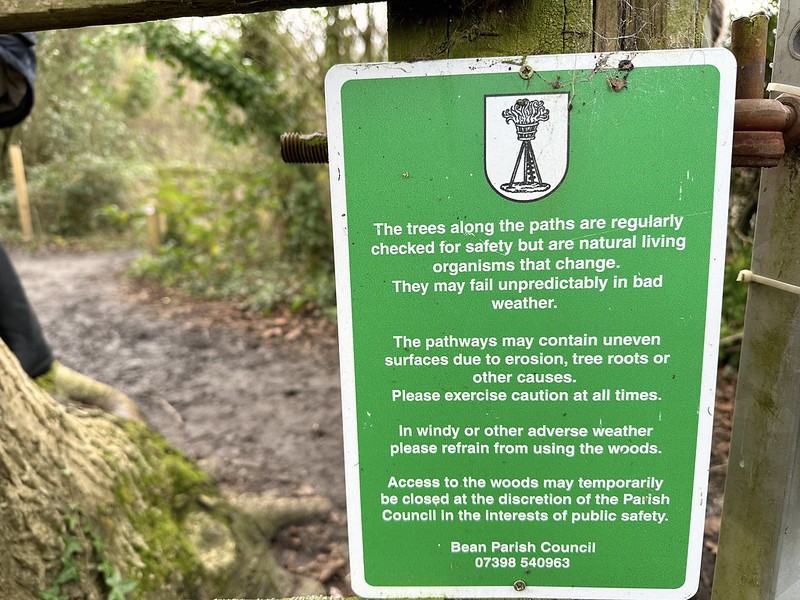One of the worst things about the pandemic is that it reminded me that once upon a time I was really rather good at RT-PCR. And that reminded me of when I spent 8 months in Sydney trying to replicate a result that was, essentially, made up.
A brief exchange on the Twitter with Henry Gee of this parish made me think that the story, which I have told once elsewhere, probably bears repeating.
But more of that in a moment.
Another story that bears repeating, and indeed updating, is that of the … person … who came to work for us at the med comms agency back in 2017. I first told this story at Occam’s Corner at the Grauniad, and so you don’t have to give them any clicks you can read it here.
This … person … joined the writing team, and a bit like me was an ex-labrat who had jumped ship. That, I hope, is where the similarity ends.
I was assigned to mentor the new hire and inculcate him in the Ways of the Agency. So within the first couple of days I invited him to an informal chat.
After the usual pleasantries I asked him why he’d left science. I got a plausible answer: he’d got to the stage where he was spending so much time writing grants and papers that he had no time to do bench work, and so decided to make a clean break. Apparently he was writing all the lab’s papers and grant proposals, and was good at it, so a career in medical communications seemed to be a natural step.
Fair enough.
But the next week I came to review his first piece of writing, and had to take a step back.
Reader, it was utter dreck.
After the first paragraph—which I’d pretty much totally rewritten—and a cursory glance through the rest of the document I gave up. Instead of commenting further I instead sent a friendly email saying maybe I hadn’t been clear about what we were trying to achieve here, and here’s some tips for creating a newsletter that people might have a chance of wanting to read.
I got a very terse reply saying, in effect, “Yes, yes, I know all this.” So I left him to it.
The second draft wasn’t any better though, and then my boss told me he’d resigned because his partner was “relocating overseas and he wants to join them”.
Well, that’s fair enough, I guess, except a couple of days later, halfway through his notice period, he simply didn’t turn up to the office. And that was that.
Except, the following week we discovered that he had previously worked for a short time at another agency in London. And had left there in similarly mysterious circumstances.
It was then we found his name in the newspapers, on Retraction Watch, and in a few other places.
According to the reports, he had falsified and published data on a number of occasions over several years, both as postdoc and as principal investigator. An inquiry at his home university had upheld allegations of misconduct, and he had been fired from his position.
After telling this story at the Corner, I was contacted by a couple of people who had recognized the description of the behaviour, and knew who I was talking about.
One of my correspondents told me that they’d do an experiment, and then this person would take the results and “send the data to Ireland for processing.” They didn’t know any better, and of course it turns out that this was code for making shit up.
I’d like to get “send to Ireland for processing” in the lexicon.
The email testimony backed up what we’d discovered, and painted a picture of a thoroughly unpleasant, arrogant and sociopathic character. To which I might add, ‘shit writer’ and ‘unschoolable’.
So back to Sydney.
What happened was that I had been tasked with replicating the result of an experiment performed by our collaborators over the road, because it was fairly central to showing what our new protein actually did. We thought it was a splicing factor, and our group had identified candidate RNA binding sequences, but we didn’t know which genes or set of transcripts it was acting on.
So by doing RT-PCR on messenger RNA derived from cells that either had or did not have our protein I should have been able identify splicing patterns that could tell us what our protein was doing.
Technically, I was soon able to prove that I could do the experiment, with appropriate positive and negative controls. But there was no way I was able to reproduce the figure that our collaborators had published. In fact, the more I thought about it, the more I wondered how—if their theory was correct—this particular pattern could have arisen. Biologically it just did not make sense. The more I understood the system, the less I understood their result.
And then we had a joint lab meeting to share results and generally plan the next stage of our collaboration. I’d moved onto other lines of enquiry, but I showed a few of my gels at the meeting, more to vent my frustration than anything else.
It was then that one of their senior postdocs said, “Oh yes, we had to do it about fourteen times before we got the result we wanted.”
Back in the safety of our own lab there was a brief discussion about what we could do about this—sending to Ireland for processing not being an option—but there was a certain nervousness about pissing off the collaborator.
It’s too late now, and I’m still not sure we know exactly what the protein does (although it appears to be involved in glioma, which could be exciting). Could I have done anything different?
Would it have made a difference?
You tell me.






